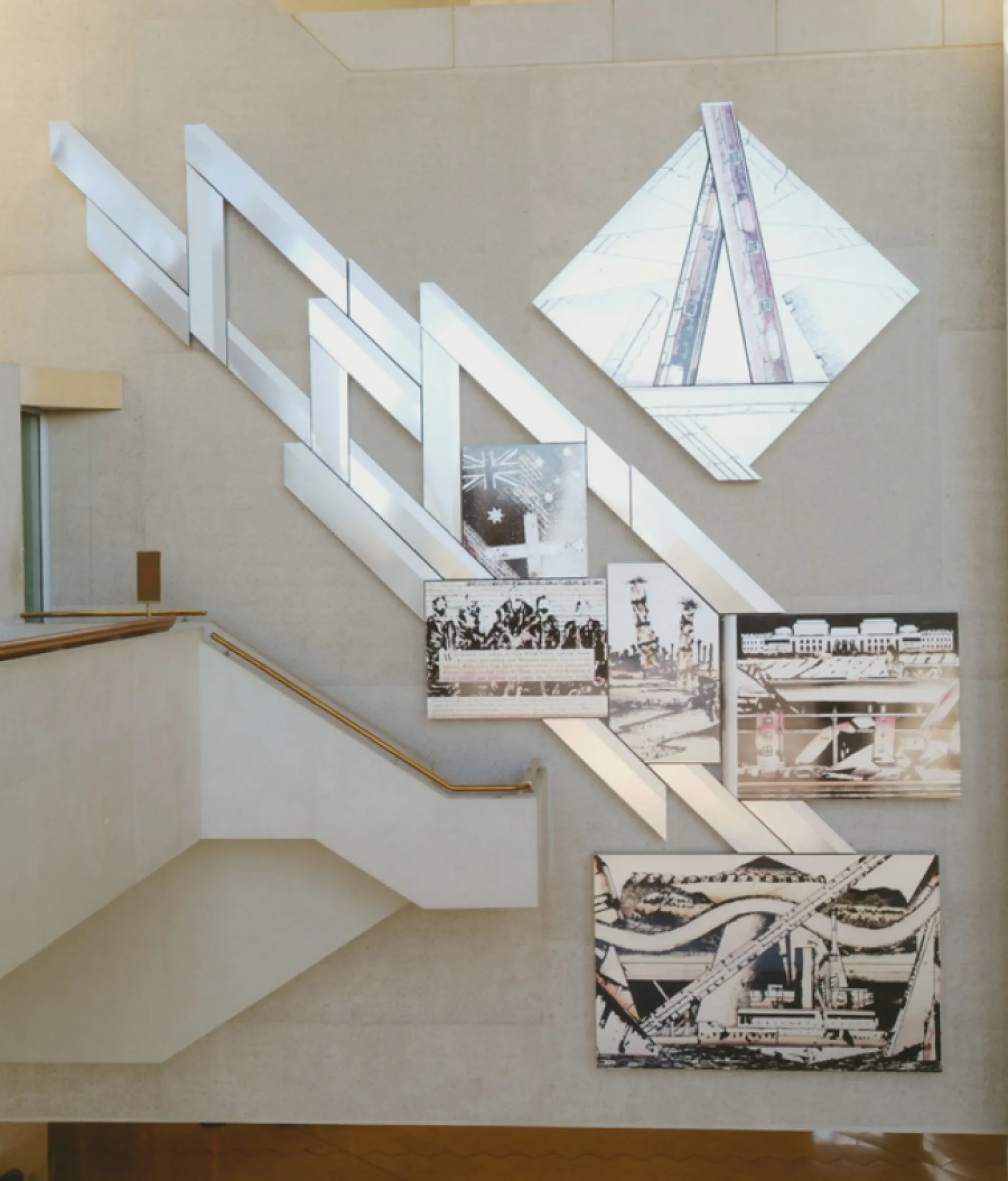The High Court Registry will be closed from 4:00pm AEDT on Wednesday, 24 December 2025 and will re-open at 9:00am on Friday, 2 January 2026.
Any party seeking to file a document due to be filed between 25 December 2025 and 1 January 2026 has an automatic extension of time under the High Court Rules 2004 (Rule 4.01.5) until 4:00pm on Friday, 2 January 2026 to file the document. Any documents lodged between 25 December 2025 and 1 January 2026 will be reviewed on 2 January 2026.
All inquiries for the High Court will be considered when the Registry re-opens on Friday, 2 January 2026. If a matter is of extreme urgency, you may telephone 1800 570 566, select Option 1 and leave a voicemail. In addition, provide details by email to: registry@hcourt.gov.au.
